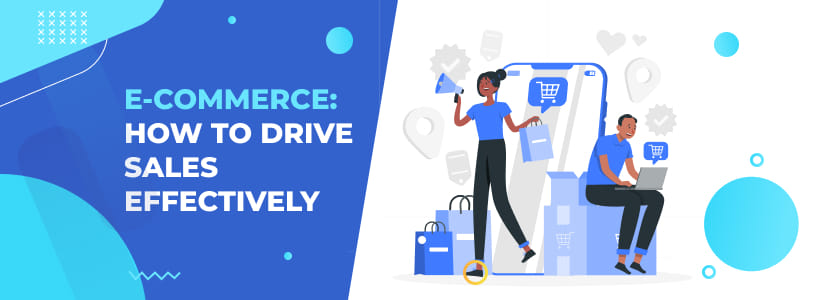No doubt, social media has become one of the game changers for ecommerce businesses. Since billions of active users are available on the platforms. The top platforms are Facebook, Instagram, YouTube, and Pinterest. They make use of the social media effectively is important. It can help to skyrocket sales and boost brand awareness. Meanwhile, having a presence isnt sufficient. It is essential to follow up a properly planned strategy to engage possible customers and drive conversions.
Lets discuss the main point of leveraging social media to maximize your e-commerce success.
Select the right platforms.
Consider the fact that not every social media platform will work well for your business. It is important to focus on where your target spectators spend their time.
For example:
- Instagram & Pinterest are suitable for fashion, beauty, and lifestyle brands. It is due to the best of the visual nature.
- Facebook: it is one of the best platforms for a broad audience and works through viral marketing.
- LinkedIn & Twitter: is just suitable for B2B e-commerce and professional services.
Knowing your audience and their preferences will assist you in prioritizing the precise channels for the utmost impact.
Form out top quality Content.
No doubt, content is king, and in the e-commerce space, visually appealing and engaging content makes all the difference. It is better to make use mix of:
- In order to present your product and services, you should give preference to high-resolution pictures and videos.
- The user-generated content lets the customers encourage buyers to share testimonials and photos.
- Live streaming: Host Q&A sessions, demos of products, or behind-the-scenes searches to engage with your user base in real time.
3. Leverage Influencer Marketing
Influencer marketing has been confirmed to be a commanding sales driver. Work together with influencers who line up with your brand to tap into their occupied audience.
- Micro-influencers often have higher engagement rates and legitimacy.
- Mega influencers and celebrities can present massive reach but may come at a high charge.
- Select the influencers who resonate with your brand and can authentically support your products.
4. Make use of the Social Commerce Features
Social media is gradually combining E-commerce features that permit buyers to shop directly from their feeds.
- Instagram & Facebook Shops: it is about creating a digital storefront within the stand.
- Shoppable Posts & Stories: Tag items in the posts to serve direct shopping.
- Live Shopping: now, you can host live selling events where buyers can purchase products immediately.
By reducing the steps in the middle of the discovery and buying, you can boost customer practice and boost sales.
5. Engage and Build Community
Social media is not simply about sellingits about structuring relationships. Engaged with the audience through:
- Responding to messages and comments rightly.
- Making contests, polls, and giveaways to increase contact.
- Sharing customer testimonials and success stories to build trust.
- A strong community fosters brand constancy and encourages repeat purchases.
Make use of the data to refine your policy, double down on what works, and abolish what doesnt.

